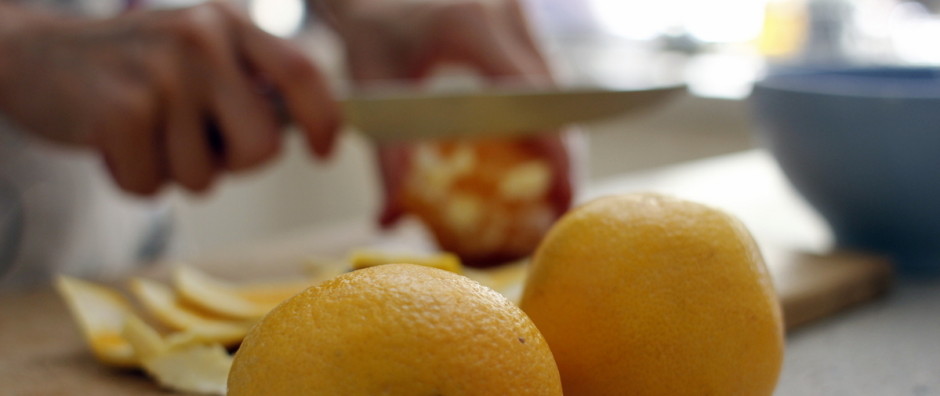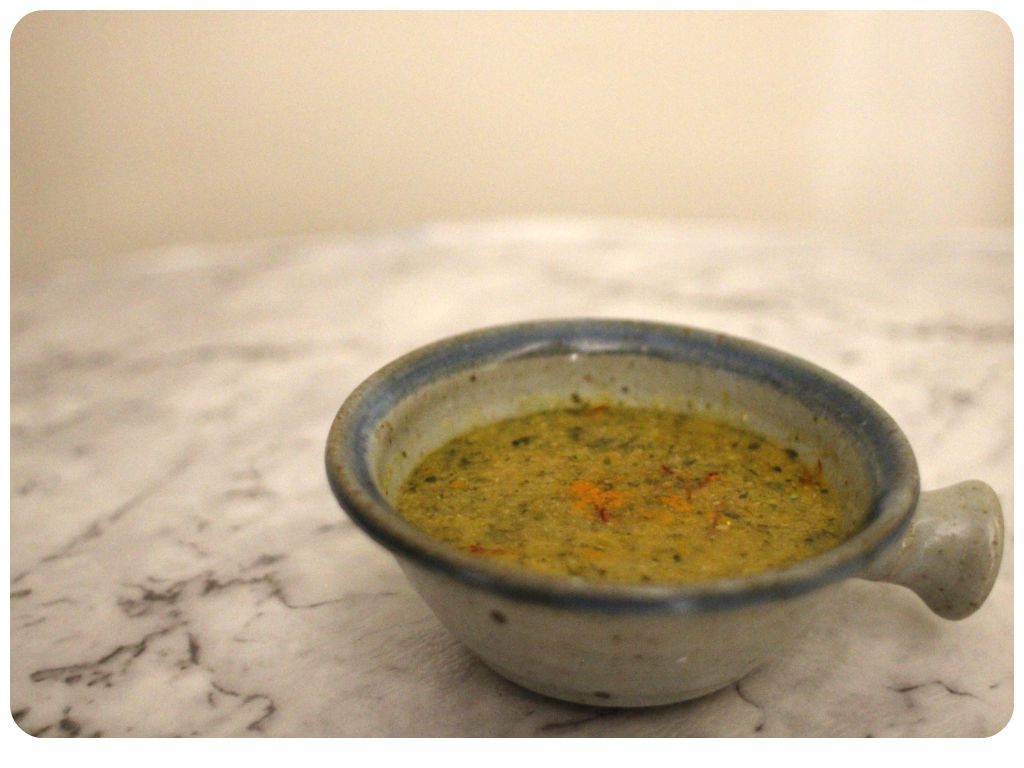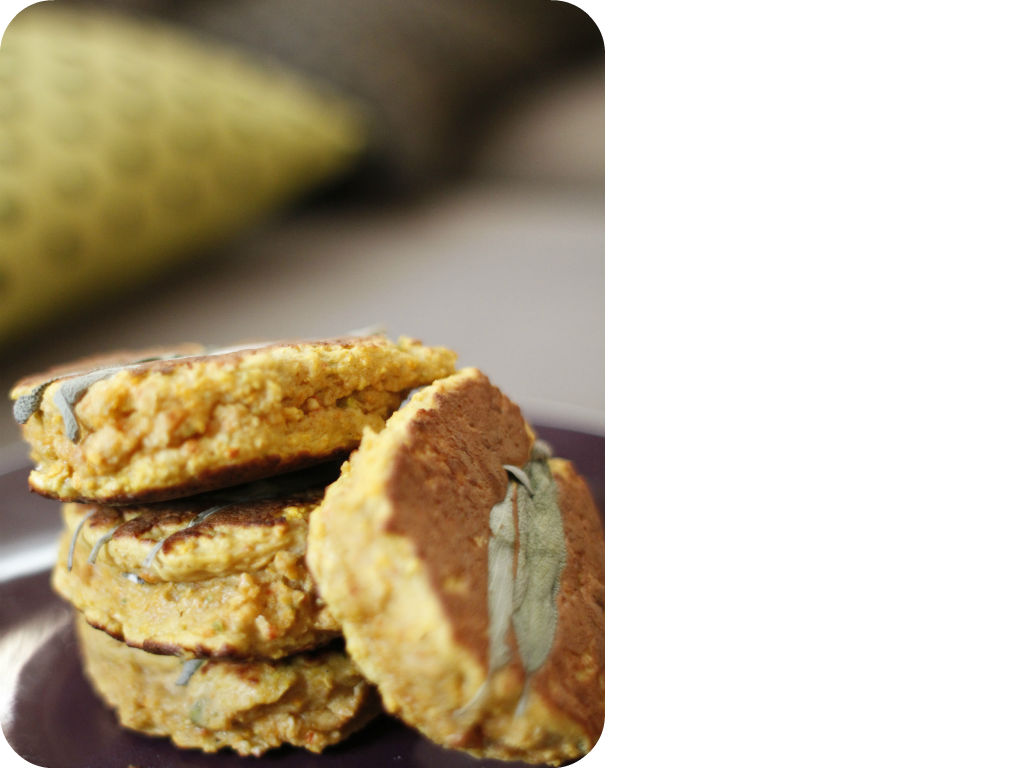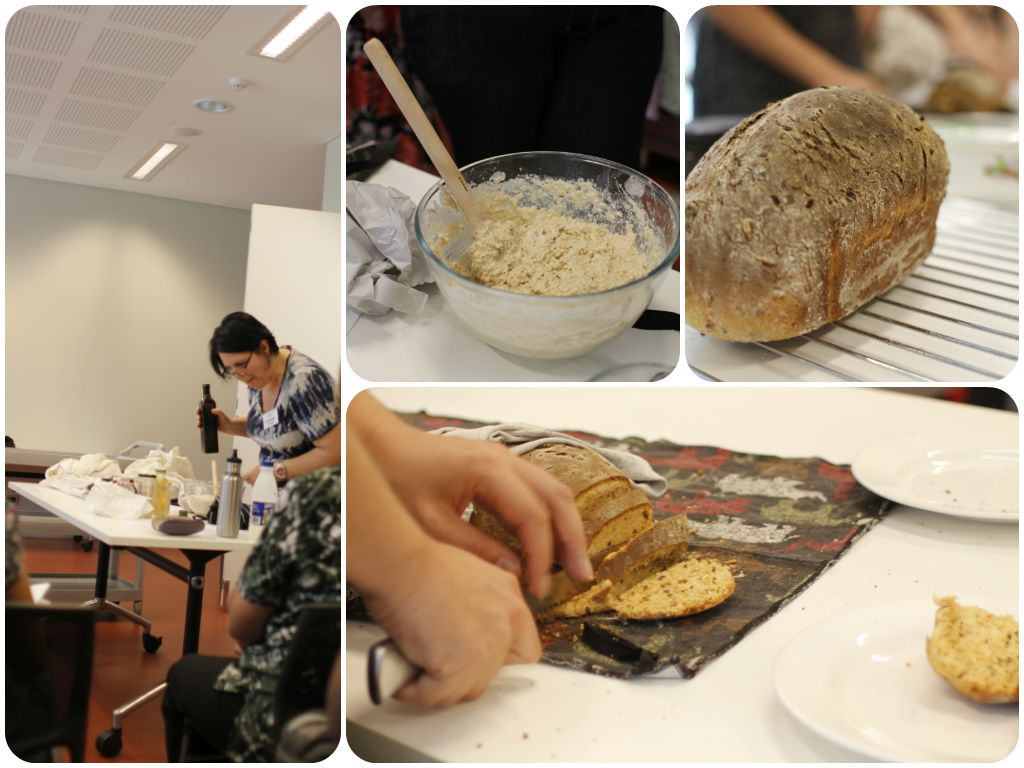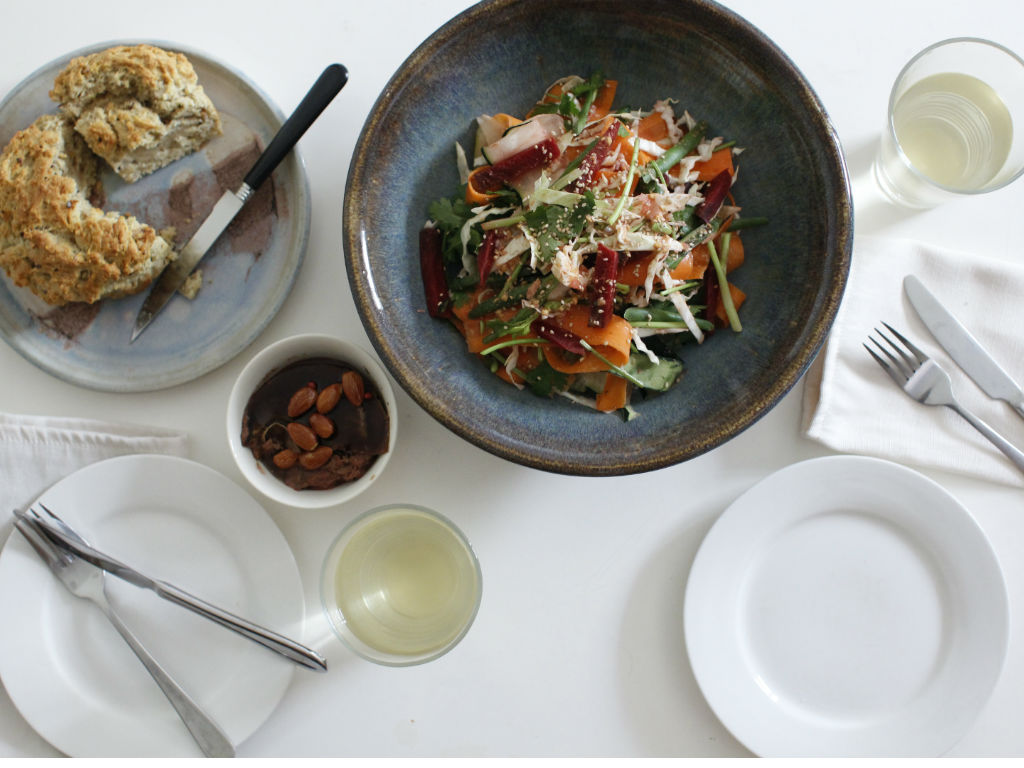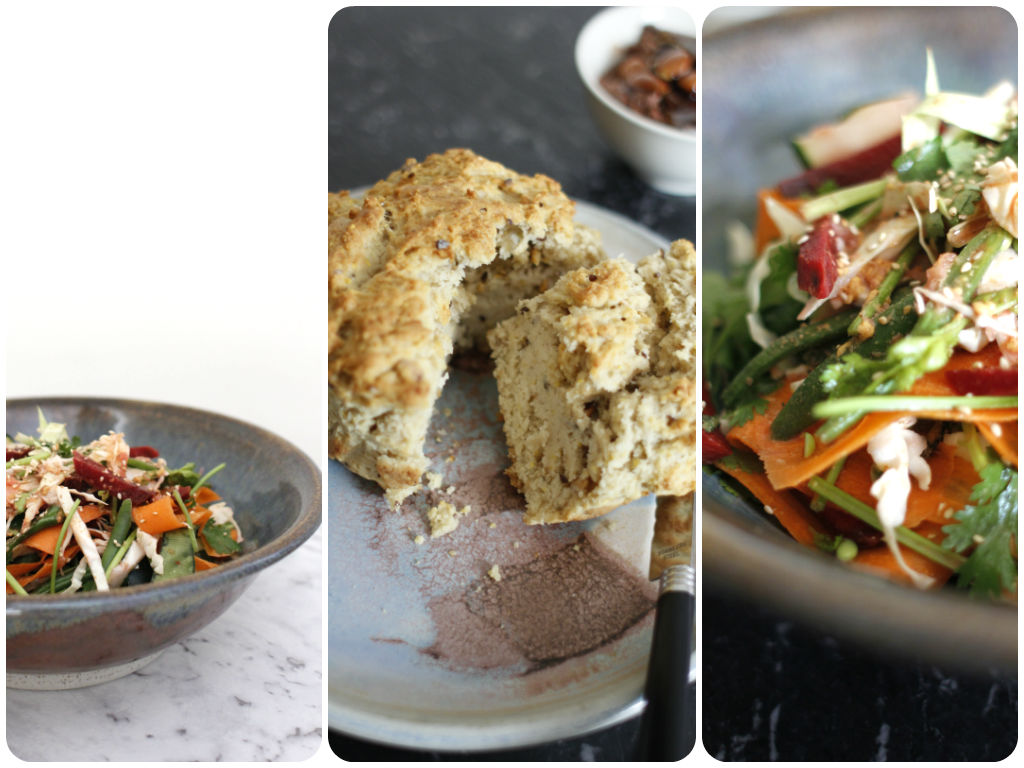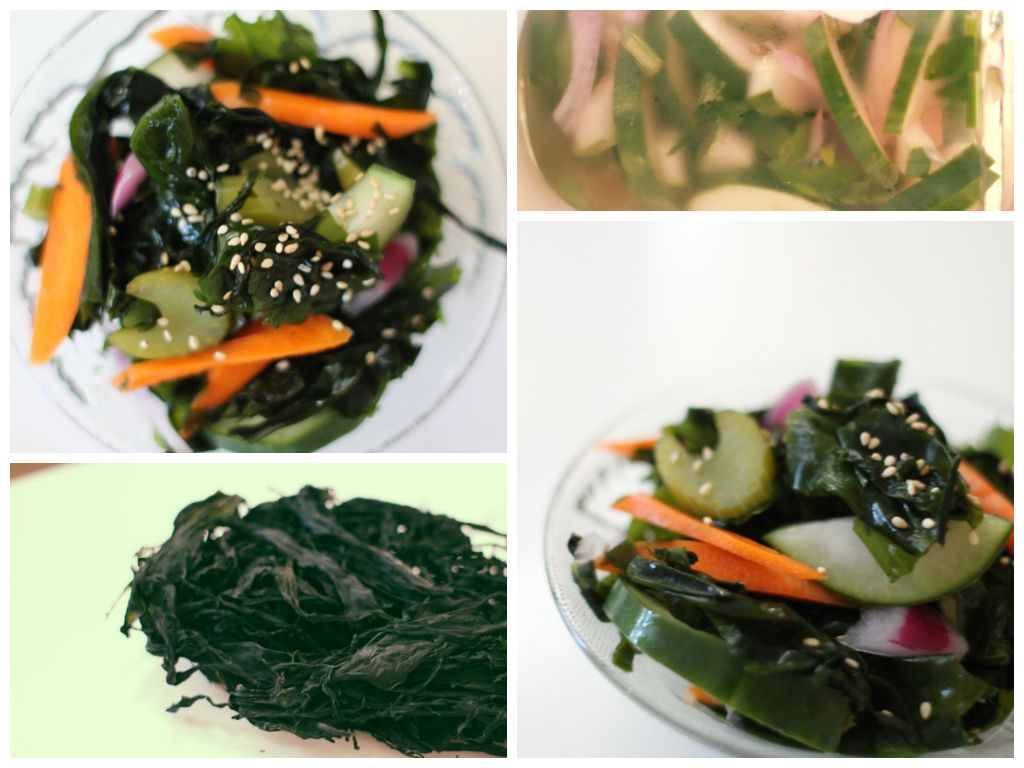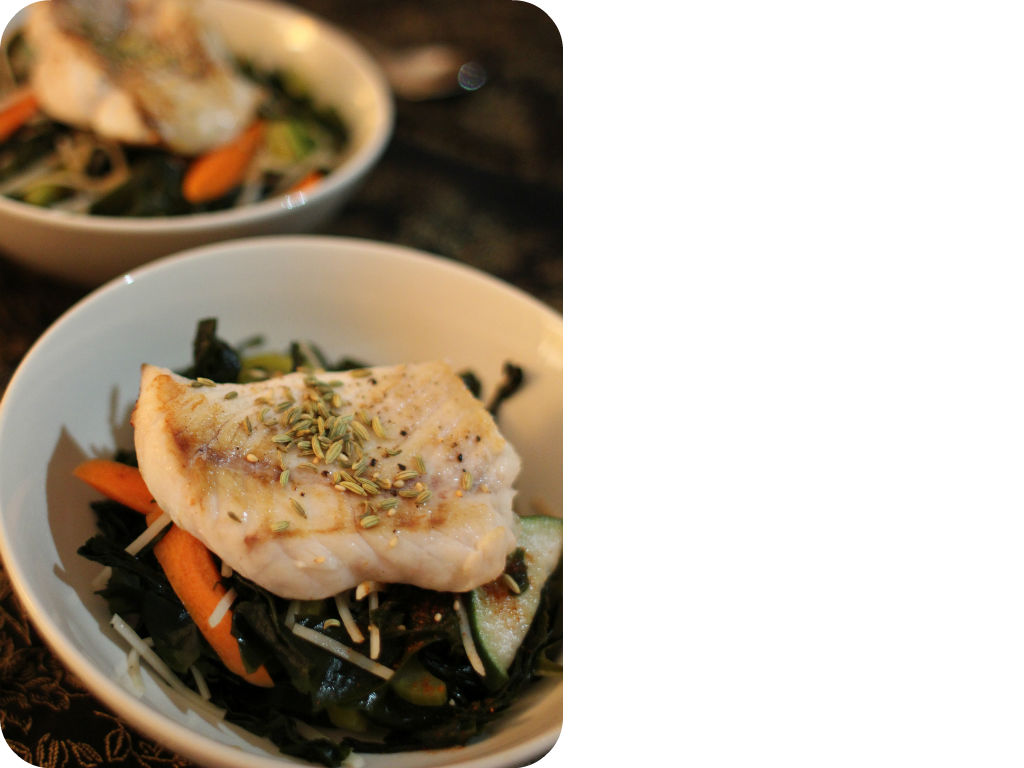We all use soy sauce as a staple condiment when we stir-fry, make an Asian salad dressing, use as a seasoning, and flavour a soup, etc. I remember my grandma and aunties used to make all condiments at home from soy sauce to Deonjang. It seriously doesn’t smell good in the house because of the fermentation process happening in them, but you cannot compare the home-made soy sauce to store-bought ones. Its complexity, flavour, earthiness, saltiness, caramel-like.. You wouldn’t believe how good a soy sauce can be. I unfortunately buy a bottle of soy sauce from the shop now since I cannot bring it all the way from Korea. However, there is a trick you can do at home. A little magic that turns a boring soy sauce into a beautiful “flavoursome” soy sauce.
So What is soy sauce? It is made from fermented soy beans mixed with some type of roasted grain (wheat, barley, or rice are common), injected with a special yeast mold, and liberally flavored with salt. After being left to age for several months, the mixture is strained and bottled. Not all soy sauce is same. Depending on methods and process of fermentation and ingredients (water, salt, soy beans), the flavour can vary. Traditionally Korean households used to brew their own soy sauce and some still do, but people tend to get a bottled one from the shops as a faster and less expensive choice.
From its fermentation process, soy sauce is rich in antioxidants, isoflavones, protein, and even a small amount of fiber. It also provides digestive tract benefits. One tablespoon of soy sauce has roughly 11 calories, 2 grams of protein, 1 gram of carbohydrates, and 1006 mg of sodium. It is better to look for traditionally made ones for health benefits. So go to natural food stores and find “certified organic”, “additive-free” varieties. If you have a wheat sensitivity, you can choose to buy “tamari” which is a soy sauce without wheat in it. If you have blood pressure or cardiovascular health problems and need to watch out a sodium intake, go for a sodium reduced version.
Now onto this “flavoursome” soy sauce. Pour 100ml of soy sauce, 50ml of cooking wine and 100ml of water into a pot. Add flavour agents – fruits and vegetables such as onions, garlic, spring onions, leeks, chillies, apples, pears, bay leaves, peppercorns. Just like when you make a stock at home, bring it up to boil and simmer for 30 minutes. Let it cool, strain the sauce and transfer to a bottle. Keep it in the fridge and use when you need. I made a bottle yesterday and tried on my tofu – delicious! I recommend making your soy sauce more interesting at home like this. You will taste the difference, pack of flavour 🙂
 Korean Spicy Rice Cakes
Korean Spicy Rice Cakes
Ingredients
1 cup of rice cakes
1 cup of shredded green cabbage
1 green onion
1 carrot
1/2 cup spring onion
a cup of water
1 table spoon of Gochujang (Korean chilli paste)
1 table spoon of chilli flakes
1 table spoon of white wine vinegar
1 table spoon of honey
1 table spoon of “flavoursome” soy sauce
1 teaspoon of sesame oil
1 teaspoon of sesame seeds
salt and pepper to taste
Soak rice cakes in water for 30 minutes to soften. Clean and chop all vegetables so they are ready to go. In a little bowl, make the spicy sauce by mixing Gochujang, chilli flakes, vinegar, honey and soy sauce. Stir-fry vegetables in a hot pan and cook about half-way through, then add rice cakes, a cup of water and spicy sauce. Stir well to combine and simmer for 10-15 minutes until all ingredients are cooked and the sauce is thickened. Add salt and pepper to taste. Drizzle sesame oil and sprinkle sesame seeds on top before serve.
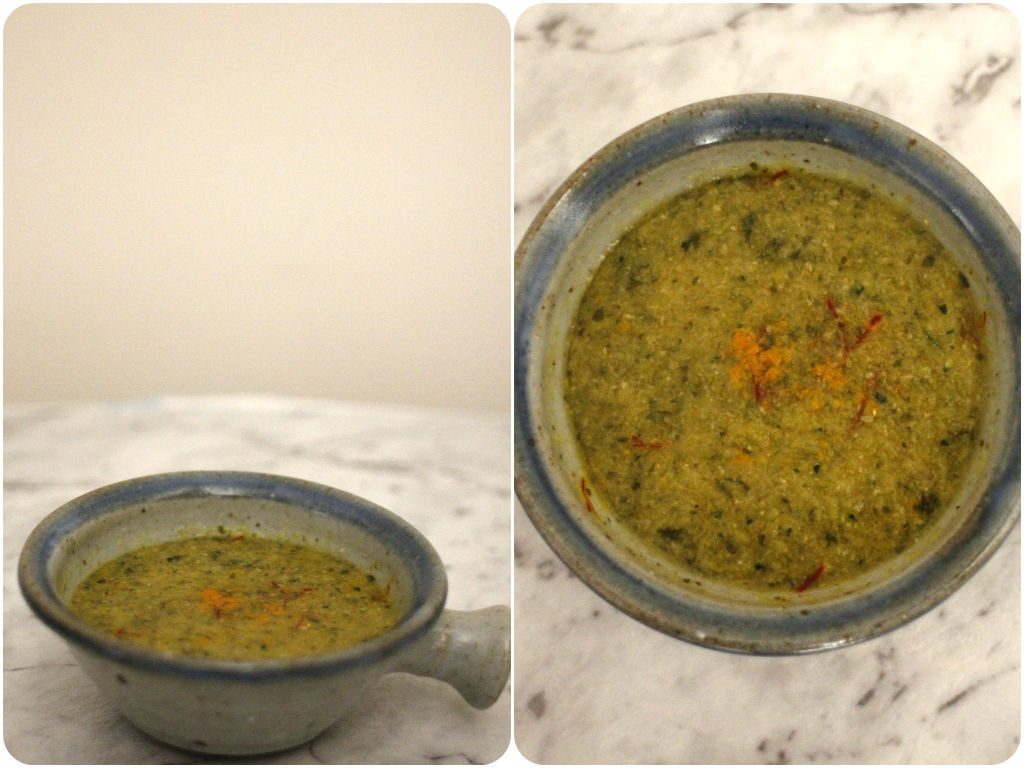 I probably have a bowl of soup 4-5 days a week in winter. That’s how much I like a hearty flavoursome soup, but having a soup in hot summer is a bit of challenge. I made this cold soup with leftover veggies in the fridge. It’s a great way of using up the leftover, especially all the tough stems of celery, broccoli, coriander, spring onion, leek, etc. Do not waste those bottom bits because there is so much goodness in them and they actually taste awesome. You can make a chilled soup like this or use for making your own vegetable stock.
I probably have a bowl of soup 4-5 days a week in winter. That’s how much I like a hearty flavoursome soup, but having a soup in hot summer is a bit of challenge. I made this cold soup with leftover veggies in the fridge. It’s a great way of using up the leftover, especially all the tough stems of celery, broccoli, coriander, spring onion, leek, etc. Do not waste those bottom bits because there is so much goodness in them and they actually taste awesome. You can make a chilled soup like this or use for making your own vegetable stock.